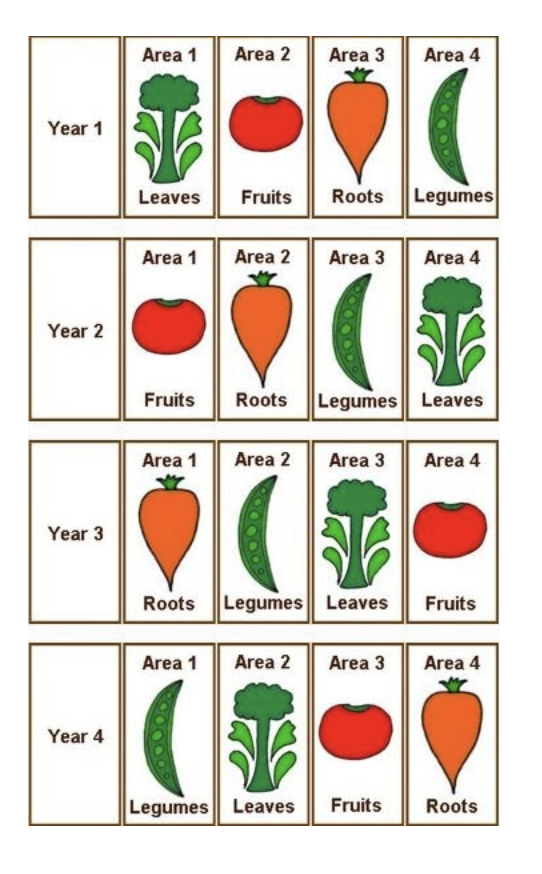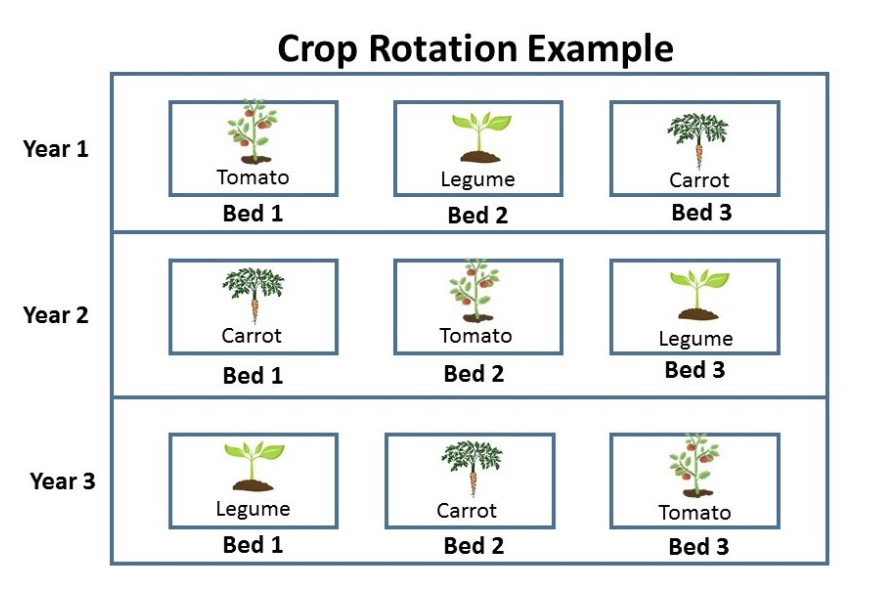
February means crop planning for us here at Common Threads. Our Farmer Joe led a training for our Food Educators last week so that we can start to put plans together for each of the 24 school gardens we steward. We wanted to share his tips and tricks with you all for your home gardens!
Why crop plan?
Crop planning is the systematic planting of different crop groups, or families, in a particular order and location on the farm over the years in order to build soil fertility and prevent disease. Crop planning can also help ensure you get your plants in the ground at the correct time and get the most yield out of your garden with succession and companion planting. Save your brain in the hectic growing season and plan now!
How to start:
- Make a map and review your space. How much bed space do I have? What grew where last year? Where are your perennial plants? What areas get the most sun?
- Identify your goals for your garden this year. Want a big tomato crop? Want to plant asparagus or artichokes? Think of what you want, how much, and how you can make that happen.
- Think about what crops you can succession plant. Succession planting is a way to extend your harvest period by staggering plantings of crops.
- Think about crops that you can companion plant. Companion planting is the idea that some plants enhance each other’s growth and protect each other from pests. Some examples include: Marigolds control nematodes in the roots of melon, Tomatoes can control moth species in cabbage varieties, nasturtiums said to control cucumber beetles, pigweed distracts leaf miners, tall flowers shade lettuce, radishes draw leaf miners away from spinach leaves.
- Identify which beds make the most sense for each new plant. Rotate brassicas and large fruiting plants around the garden to help prevent pests and help maintain soil fertility (larger fruiting plants like zucchini, squash and tomatoes take more nutrients out of the soil than lettuce and more leafy plants- give that bed a break and give it more nitrogen through a nitrogen fixing plant!).
- Identify when each plant should go in the ground and mark your calendar!
- Think about plants that are harvested in the summer (like garlic) – what can you plant after the garlic is harvested? Cover crop? Summer transplants?
Take the time now to ensure that your garden can reach its potential and be the garden you’ve always wanted it to be! Happy planning!


